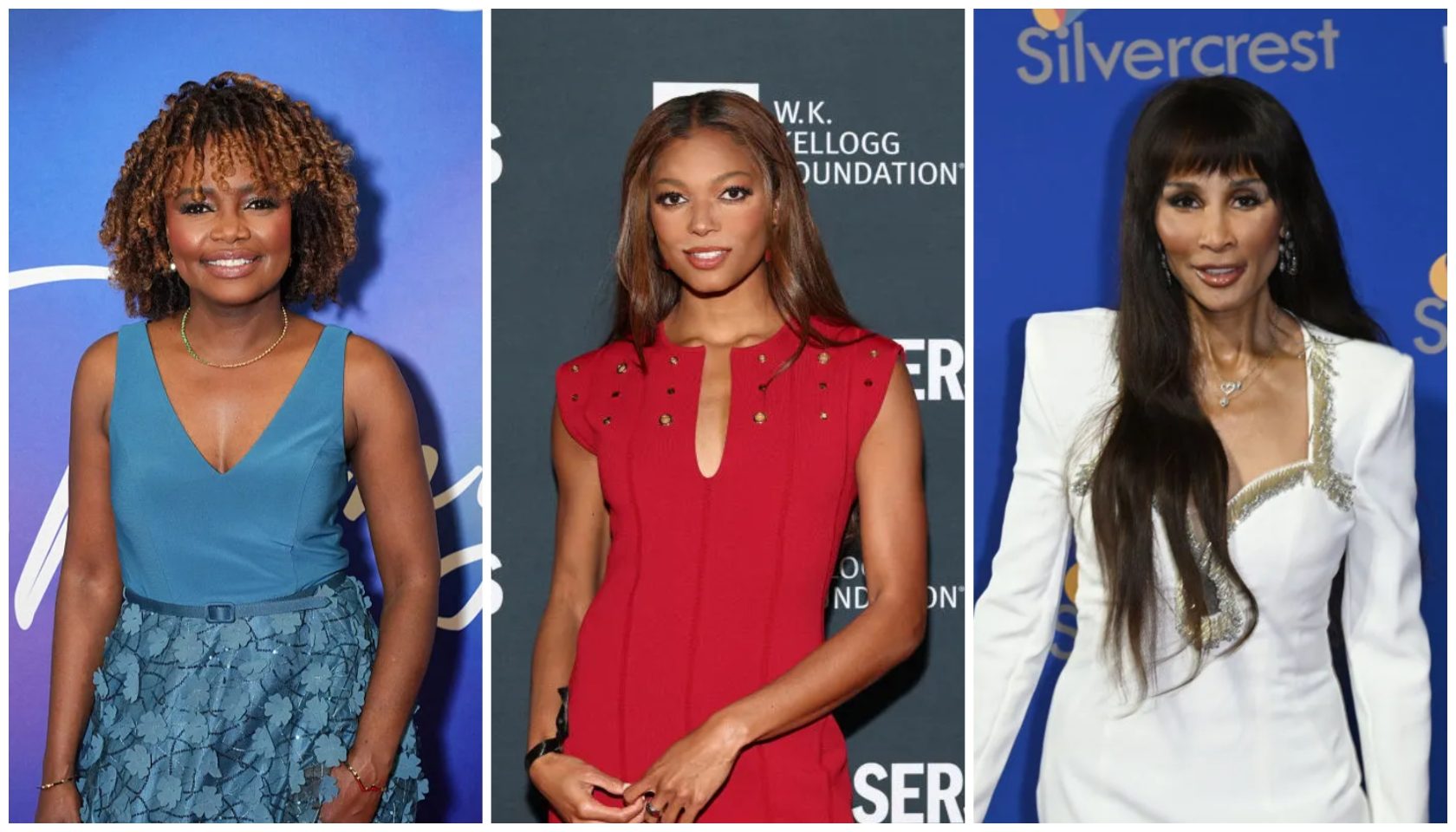Inequality Is an Underlying COVID-19 Risk Factor
Just two months ago, at the height of Black History Month, the COVID-19 epidemic seemed a world away from the hearts and minds of Black Americans. The general thought was: “Black people don’t get the Rona.” Idris Elba hadn’t come down with it yet, and neither had Ellis Marsalis. In President Donald Trump’s mind, it was a “Democratic hoax.” Fast forward just a month. Now, we are in a very different reality, one where we can plainly see that COVID-19 is an existential threat to the black community.
The march of COVID-19 through the black community is already playing out. As of April 3 in Chicago, 70% of the deaths from COVID-19 have been African Americans. African Americans made up almost half of the 945 COVID-19 cases and 81% of the 27 deaths in Milwaukee County — whose population is only 26% black. In Mecklenburg County, North Carolina, home to the city of Charlotte, black residents account for almost 50% of local confirmed COVID-19 cases, yet make up only 32.9% of the county’s population. And then there is the tragic story of Albany, Georgia. The virus surfaced at the celebration of life of one of Albany’s black citizens and spread like a wildfire, making the county a COVID-19 national hotspot with the deaths of at least 17 more African Americans. Overall, the Centers for Disease Control and Prevention (CDC) are not reporting the racial, ethnic or gender makeup of cases, so we remain in the dark about the need for targeted prevention efforts.
Everyone can get COVID-19, regardless of age. However, China’s data has shown health experts since February that hospitalizations and deaths among those with the infection happen most for people who suffer from chronic diseases like diabetes; heart disease including high blood pressure; lung diseases like asthma and chronic obstructive pulmonary disease (COPD); and weakened immune systems from diseases like HIV, lupus, sarcoidosis and cancer. We have since learned from the National Institutes of Health (NIH) and CDC that people who are severely obese, those with chronic kidney disease and those who abuse alcohol or smoke any substance are also at higher risk.
We are seeing what this means on the ground in Louisiana, an emerging epicenter for the coronavirus. As of April 6, the top underlying health conditions for COVID-19 deaths in the state are hypertension (66.4%), diabetes (43.52%), chronic kidney disease (25%), obesity (24.7%) and cardiac disease (22.67%), according to the Louisiana Department of Health. African Americans accounted for 70.48% of the 512 deaths from COVID-19.
Now consider this: 45% of Americans have at least one chronic disease. For black people, that number is 67%. African Americans also live with chronic disease at younger ages, 18 to 45, and die at higher rates than whites from heart disease, stroke, cancer, asthma, influenza and pneumonia, diabetes and HIV/AIDS. There are a whole lot of reasons for this, from higher levels of poverty to living in food deserts; and toxic stress passed down over generations, to current racism. But, the bottom line is black America’s physical health has been suffering for a long time. This leaves many of us with bodies unable to adequately fight off COVID-19 and puts us in its very cross hairs. In other words, inequality is an underlying risk factor for COVID-19.
At the same time, public health officials say: “Call your doctor,” and don’t go to the emergency department if you have early symptoms of COVID-19. For those of us who have a doctor, that’s fine. But for those who are underinsured and lack access to care, this advice is worthless. It is this very lack of access to health care that has contributed to the prevalence of the very health conditions that put us at risk. And once we do access health care, we know the system is not immune to undervaluing black lives.
As we wade deeper and deeper into this epidemic, and our health-care systems get overwhelmed, health care’s past performance must cause us to question, When rationing occurs, who will get denied first? Who will be ignored? Poorly equipped hospitals (the type most often serving black communities) are faced with choosing who gets access to ventilators, possibly promising experimental treatments such as the antiviral remdesivir, or the hydroxychloroquine/azithromycin treatment now being debated at the CDC. And who will be the guinea pig?
Then there are our own beliefs and practices, which were never an issue before, but now unwittingly set us up for a COVID-19 wave. When funerals happen, we must go. Many pastors, black and white, are keeping the church doors open, so we can hold hands, hug and sing in the choir together.
For many hair stylists, to make ends meet, taking clients in the house seems worth the risk. And since a shapeup or a weave seem so “not optional” for many, the clients will come. Young people, who may know tobacco smoking is a COVID-19 risk factor, do not connect that smoking marijuana or vaping also weakens the lungs.
Economics dictate we rely on or work in public transportation, and just like the Detroit bus driver who succumbed to COVID-19 this week, we therefore have to breathe what others breathe out in close quarters. We are also more likely to be licensed practical nurses, work as grocery store cashiers, or employed in other service jobs that are now considered “essential” and require contact with the public.
And lastly, for many, the government-sanctioned, stay-at-home orders are suspect, because we know the government has usually not had our best interests at heart. The stories are many, but the end result weakens an already vulnerable community.
Is there hope? Yes, there are things that we can do. Stay home, and wash your hands. But it goes deeper than that:
- Protect your house. Do not let people who don’t live with you in. And don’t let those who do, go in and out unless absolutely necessary.
- Wash your hands the moment you go in the house, and wipe off anything you bring in with a bleach-based product, Lysol, or soap and water.
- For going out in public, wear a mask, homemade if need be.
- On a community level, encourage your religious leadership to stop gatherings. And if they do not, find an online place to worship or have a telephone prayer service where two or three are gathered. Change the funeral to a delayed memorial service if at all possible, or consider a virtual ceremony, as many are doing now.
- Find the COVID-19 symptom hotline number established by your department of health or local hospital. Share it with family or friends who may have symptoms but no doctor.
And as far-flung as it might seem, community leaders must hold public entities accountable. Hospital ethics boards need to be held accountable as they develop plans to ration care. Rationing care means deciding who gets life support when ventilators are too few. Demand that representatives of color from the hospital or community participate in that process to ensure that the decisions are equitable.
Demand of public health officials that COVID-19 statistics show local demographics of those who are hospitalized. Prevention must occur through micro-tailored messaging over multiple platforms to ensure that all segments of the community, especially the most vulnerable, know how to protect themselves.
And finally, if clinical trials of hydroxychloroquine or other medications are evaluated as treatments, medical schools at trusted Historically Black Colleges and Universities must be part of process and have an opportunity to ensure that black patients are appropriately represented and protected.
I comfort myself with knowing that on average, 86% to 99% of the population will survive if they contract COVID-19. That point spread depends on who is most at risk. Black people are resilient. But our resilience has always been related to the actions we take, based on facts. Surviving COVID-19 is no different.
Melissa Clarke, MD, is an emergency medicine physician and population health leader based in Washington, D.C. She is also the author of the book “Excuse Me Doctor! I’ve Got What?” Dr. Clarke wrote this article as part of a partnership between BlackWomenUnmuted.com and FierceforBlackWomen.com.
This article was originally published on FierceforBlackWomen.com.















